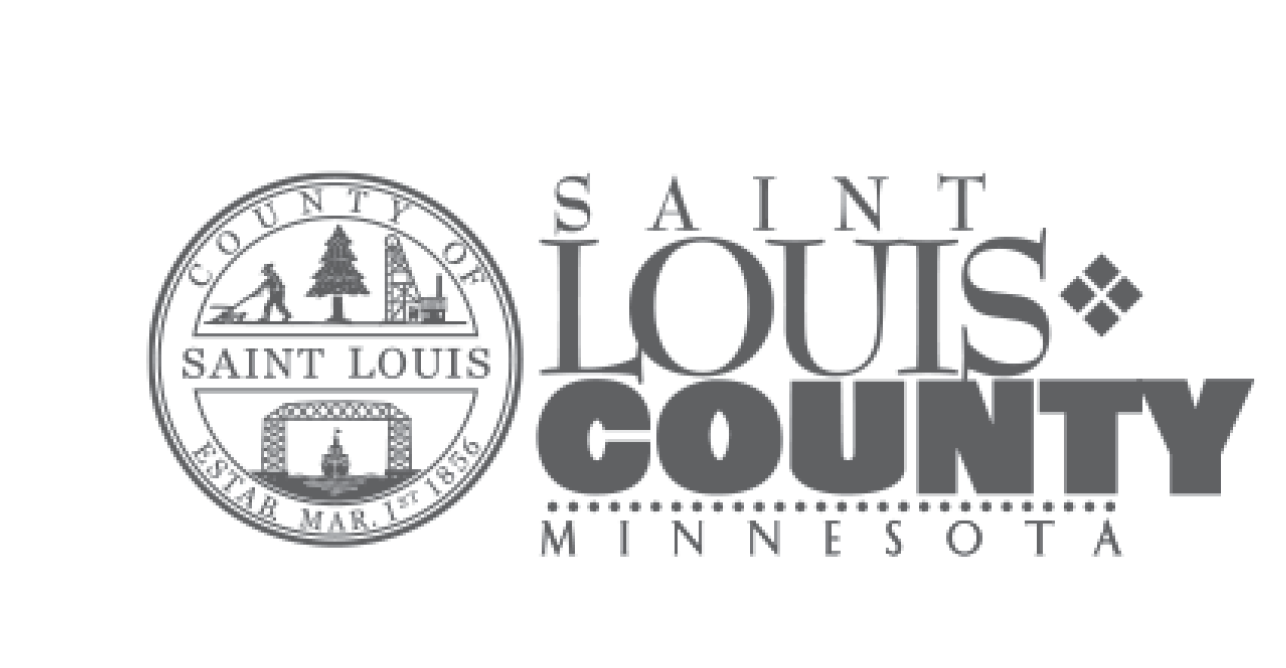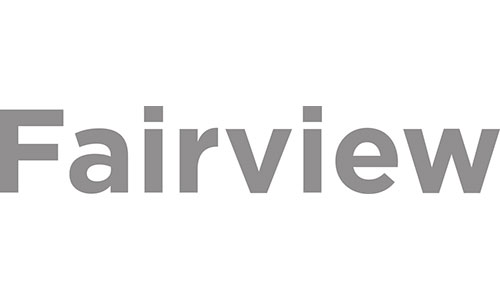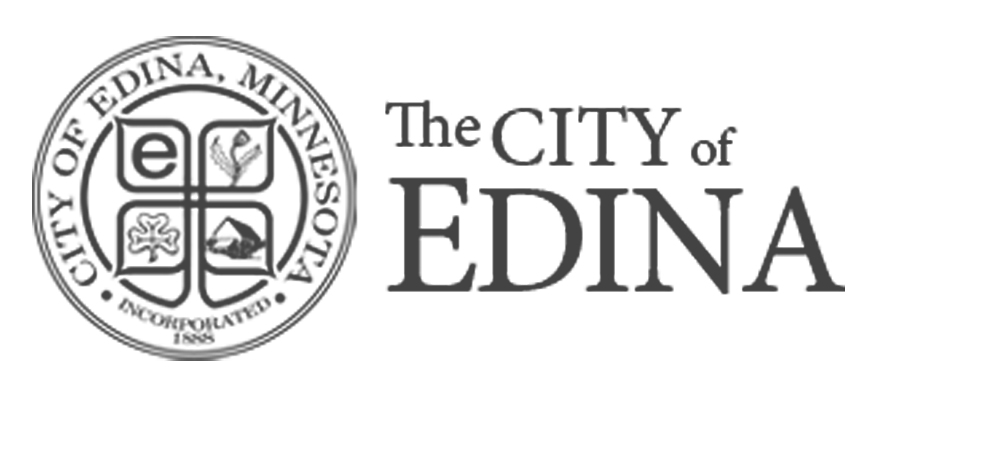Today’s inbound methodology refers to the idea of the flywheel and taking strangers through the journey of attracting, engaging and delighting. How does an outbound (television, print, radio, outdoor etc) fit into this ideal? In Episode 029 we discuss it .
{{cta(’24deb4c2-758c-4f24-bc12-b3662d94b375′)}}
—-
Speaker : (00:00)
[inaudible]
Speaker 2: (00:20)
which one is this, by the way? That’s a great start for uncle. Uncle. Uh, all right. Hey everybody. Abid podcast number 29 29 so all the gone today. Good. Good. Yeah. Tad. My lunch. Fresh air. Now, do they sponsor us yet or you’re working on product product placement? I should. That’s funny. We’ll send them voice, right? Like what the heck is this? Hey, you know what? That’s a good idea. We could just send me an invoice, podcast sponsorship. They might just pay it. That actually did that. They sent out invoices to bigger companies and they were shit. My bad ideas. That guy. That’s Josh. Hey Josh. How’s it going? Good, good. Josh is one of her interns. That’s one of our colleagues that happened late. Yeah. Yeah. We’re recording by the way, so, but it’s fine. It’s cool. I like we do all the time. Here we go and we got Josh and we got Sarah and we got a c,
Speaker 3: (01:34)
so we’re going to have to do a little, we’ll do a little press release blog post soon. Yeah. So if you’re interested, I think we should do a podcast coming up with just the three of them. That’d be fine. Maybe the next one. Number 30, right. Number 30. We should have the interns on. I like it and talk. You can talk about what the experience and what they’re working on down nearly cool. I know I said your soulful ideas, you know, you’re an idea guy, right?
Speaker 2: (01:58)
Yeah. So anyways, we’ll cut to the chase. So today we were talking about what are we, well,
Speaker 3: (02:05)
we’re going to talk about this week and we felt this is me fitting because we’ve been working with a few clients lately on some larger integrated marketing campaigns. Um, and which is, which is included in the past. We’ve talked a lot about, um, well we had a whole episode, I believe, ball it, talking about a digital not being considered separate. I think, I think we even find ourselves sometimes, so calling it that as like a subsection, but you know, but not, not separating, but calling it marketing in general. Um, and when we say that, you know, some of the mediums, uh, the, and the tactics, which it might include television, etc. And digital. Um, and then in our case, uh, we’re also talking about that more than inbound philosophy. So we’ve had a couple of these campaigns now we’re, we’re, we’re, we have as big, it’s a, it’s a big fully integrated branding campaign for a couple of clients.
Speaker 3: (03:04)
Um, where we’re, we’re, we’ve found that television is still relevant for their respective area, radio, even a big piece. We’re also going to meet branch off into some other things like Spotify and et cetera. But, um, so we just have, today we talk about, well, what is the role of outbound and an inbound kind of methodology when we talk about some of these campaigns, like you were saying, instead of splitting digital and other types of marketing, we’re kind of just integrating them together, all integrated, which is, you know, people have heard integrated marketing campaign, which usually means all of that. Um, but I think from this, this point of view, it’d be more of this when we talk about inbound in that kind of methodology, um, the how those fit, uh, I think first to maybe a really quick talk about inbound, um, you know, those, that’s where we’re, we’re, we’ve talked in the past and in the, in the past we’ve talked about the, uh, the, the buyer’s journey in the funnel, if you remember that.
Speaker 3: (04:00)
We’ve talked about that before, I believe. I thought we did. Yeah. Uh, in the past year or so. Um, so we work closely with Hubspot, um, which, uh, it’s a great platform and they’re the ones that kind of coined that whole kind of methodology, um, towards the funnel. And about a year ago they changed it and Jeff Bezos at Amazon, actually an Amazon folks usually are the ones that started this kind of ideal and, and helps us kind of adopted it and made it their own. Uh, which is the idea of the flywheel. And I think we are on our website. We’ve, we’ve had a couple of blog posts. We have a great flywheel worksheet. Um, for those that might be thinking about how does this work within my organization? Um, so that’s on her website as well. But if the shift of the idea from a funnel to, to the flywheel on the fly, we’ll being, do you know what notifiable is?
Speaker 3: (04:50)
I do. Tell me more about that. But you don’t know how to explain it. I would say very simply, the more energy you put into a flywheel, the more speed and yet energy gets output. So it’s a mechanical and it’s used in a lot of, you know, machinery et Cetera. But basically they, they’ve used this idea of a circular flywheel from the marketing, sales and service side of, of your basically your, your whole experience with an organization or a product. Right. Um, and then he’s a fly wheel from also adopting some of the funnel before they talked about, um, uh, attracting, converting, um, I don’t remember how it goes anymore. It’s been so long nurture. Well, yeah, you nurture and then you at the, well basically any of our customer, and at the end of that, that, that specific piece of the funnel and they become a customer is kind of like, well, I guess we’re done.
Speaker 3: (05:43)
They’re a customer now. Like how do you, how do you, how do you keep moving that to a point where it’s, it’s because when you think about it, a lot of times you have a good experience as a customer. You’re going to tell your friends you’re gonna, you’re gonna want to, you might even want to reengage, maybe re repurchase, et cetera. Whatever you’re selling, you’re going to have that piece. Right. And you also might, depending on the industry, you might branch out and go into different products or different service lines and everything. Right. As well. Right. And so when they adopted the fall, the idea is that there, you know, just because they’re a customer doesn’t like kind of kicked my thing here a second. All right. We’re good. Sorry. My big, my big feet got in the way. My check. Um, no, but what, what, what the idea was, is that the journey isn’t necessarily over.
Speaker 3: (06:29)
It’s now when you, when you, he into more of a customer. Now Uranus is kind of more of a, uh, uh, phase of customer service. How do you keep in touch with those people? How do you, um, kind of, uh, keep that engagement going once they had become a customer? So they went from down to a three, basically a three prong approach, which was attract, engage and delight. Right? And those are all along the marketing, sales and service sides of this specific circle. We’ll put a graphic up. Let me do this. Um, so people can see what we’re talking. Yeah, right. We’ll put it right in here. Right in there. We put her in there. I see it. Um, so when you, when you, when you think, think about the flywheel. So the idea there too is all the effort and things that you put into get gaining that customer.
Speaker 3: (07:15)
You’ve, you’ve created this kind of energy that should keep going and probably we’ll keep going if you allow it to. So that’s why they picked this idea in the fall of the flywheel. Um, as their ongoing piece. It really makes sense because it is more of a circular, continuous, um, uh, experience if you will. So that’s a really quick but know that I, did I talk too long? No. Okay. Well that’s the fly wall. You can check out more uh, on, on our website, on our website and a and s and obviously if you Google, even hubspot, they have good, good stuff about that as well. So with that said, inbound with, with the quote unquote digital side is always included. Um, landing pages, blogging, social media, email, et cetera. Don’t write content offers con well, yeah, which is landing pages. Yeah. Content, developing content, using those, those mediums to dry people all first to basically answer the question that you might be having.
Speaker 3: (08:16)
If you’re on Google and you, um, have a question or something that’s challenging you, the ideas that they find that blog posts, they click on a call to action, they go to a landing page, they fill out the piece and you nurture them through email to become a customer. And keep going. Right? Um, today though we’re talking about the outbound side, how does it fit into that? Right? So outbound, which TV? Radio, print. Yup. Outdoor, outdoor could be some other thing. Yeah. I mean depending on your, your product, your business, um, would be those things you might be saying. Well, I hear a of lately that those are, you know, antiquated ways to reach people. Everything should be quote unquote digital now. Um, and, and there may be a point depending on what you’re selling, but I think we found with some of our clients, you know, and this could be true with a lot of people is you might be in a smaller market where, where you have an older demographic where those are still the ways they, they, they, uh, first learn about you or hear your story.
Speaker 3: (09:22)
Right. It might be looking to the newspaper still. They are still around. They might be watching TV still. Right. Um, radio, I still listen to radio a lot. You know, they come from my house to here and back home. I was in radio, you know, talk radio. But you know, that’s what I like the commercials. They have commercials. Yeah. Um, so when you, when you think about that, it’s like what, what does, how does that fit into that? And I think, um, it’s a very, very important thing to think about is that not everything is strictly on the digital side and you can definitely attract, um, people through those, those other mediums, you know, so, uh, television does a nice job of, um, getting that emotional piece connection, a connection going and possibly, and they think about outdoor what’s out there are always good for,
Speaker 2: (10:20)
I think it’s more of a branding aspect of things. Are we enforcing the rest of the campaign?
Speaker 3: (10:24)
Exactly. Print a lot of times with a little deeper. Um, you know, where if you have seen the television ad or you’ve heard or even radio can be a little bit more deep, deeper kind of engagement. Um, when you think about those mediums and how you might first interact. Um, but yeah, it definitely still build the brand. Um, maybe some more than others. And basically, ultimately that’s, that’s the, the first thing that, and then based on your call to action, you might be pushing them to the web. Um, I know that the web or we know that the web is, that is always been a nice place for from that, um, measurement standpoint, you know, so when you think about landing pages and those types of things, you know, maybe you, um, use those elements to push them to a very specific landing page where they’re getting a little bit deeper engagement. And maybe if you can gain that email, uh, address, you’re starting that nurturing piece, you know? Um,
Speaker 2: (11:22)
well, and a lot of the traditional means, we’ve talked about this a little bit with, with video is you can repurpose them in a digital world too. So TV and all the video you shoot, you can bring that to youtube, Vimeo, things like that, reshare it via social media, put it on landing pages, and then we can do all those things. Same with print ads and probably even outdoor. You can throw those on Facebook or Instagram, things like that. So I think that’s the way we’ve been doing it a lot is kind of repurposing or doubling up the efforts on traditional inbound or outbound versus inbound and kind of tying them together. Right. Um, like you’re pointing
Speaker 3: (12:01)
too with like, like print, I think a lot of times print can be a nice basis to create your, um, if you’re doing display ads in, because obviously a lot of the inbound philosophy is more of an organic kind of, um, engagement. But we’ve talked a lot about at some point, even if you’re doing strictly an inbound or digital focus that you’re going to have some paid in to kind of burst outside that bubble because you’re not, you know, organic on social, you’re still going into reach your core group of people who follow you. You know, you might get some straight, some people on a little bit outside of that based on their interaction. But typically that’s, that’s where you kind of end and that’s where if you’ve got a community started or you’ve got a group of people that are maybe already interacting with you, paid and sponsored posts, um, display ads, you know, Google, bing, search ads, those types of things become extremely helpful. The help of breakthrough it to, to a different, different, uh, segment of people that maybe have never interacted with or heard of you.
Speaker 2: (13:04)
Right. I think a lot of those ads that you’re talking about to remind me somewhat of the billboards or outdoor because the message is usually simplified so much, you know? Um, yeah, kind of more of the banner ads and things like that. It’s such a simplified message compared to a print ad or TV or radio. So I think there are similarities in a lot of that work. Yeah. And if you think about it from in a reverse side, even if you started your, your, and you first saw this perspective, maybe campaign started online. Now if you’re driving on the road and seeing, oh, their board
Speaker 3: (13:35)
or you’re on the radio, you know, listen on the radio in your car, when you may start in the digital side, there’s, there’s that reverse kind of engineered branding piece to it. So it’s all branding. It’s all, it’s all marketing. It’s all, it’s all a great piece. I think they have a successful campaign. Um, the other two had digital sponsored I think is remarketing becomes a huge piece, especially with outbound cause now if you do drive someone online and they visit you once,
Speaker 2: (14:02)
you know now, oh, I’m going to follow Phil over here now. Yeah. We’ll add here. Click on me now where I go, oh, I’m going to go over here and check out this. Oh, there’s my dad. I saw this before. Uh, makes good think of the mattress companies, the mattress companies. Oh yeah. Very looking. Do they really annoying, right, right. The way they do it.
Speaker 3: (14:30)
Yeah. I don’t know what that means.
Speaker 2: (14:35)
That’s right. You’re looking for a mattress lately. Didn’t know. That’s all I see it every feet. If every social platform that has, and purples. Yeah. And it’s not just one of them. It’s like 12 different brands. Casper’s the purple dizziness. Yeah. That’s a lot beds right
Speaker 3: (14:52)
on. You pick just one. I don’t know. Anyways, so, um, another sponsorship, I think so. Well, subway, subway called and he answered, no, he didn’t. Uh, so anyways, so again, when you think about, um, some of those of those things that maybe have always been there, they’re very, very more, there are probably a lot more important than me movies maybe giving them credit for in the past. Yeah. I think with the rise of, of people switching to digital and in realizing the power of it, um, the last bunch of years, it’s easy to make me forget those other things. But I think again, I think for us it’s just about geographic location and maybe the demographic being older, it still makes sense. Now if we were in a much younger community and we probably wouldn’t mean consider that stuff because those aren’t the places that, that those people are no.
Speaker 3: (15:46)
So, and that’s why the persona development before we start a lot of these campaigns is so important to who are we trying to reach in and were right. Who, who are, who are those, you know, and everyone’s heard this before. Well, who’s the target audience? You know, and that’s base what we’re doing is creating these personas because lot of times it’s, it’s, there’s a lot of different personas to, to consider. Yeah, no, yeah, there’s always that kind of sweet spot. But you know, where, where do you, especially when some of the industries where, you know, like banking and health care, you’re going to have, you run the kind of, the gamut here of, of ages, um, and maybe behaviors and things that they’re looking for. So you kind of have to hold those personas up to each of those respective people and say, does this work work for them?
Speaker 3: (16:32)
Or is this going to actually attract them? Is it going to engage with them? Is it, you know, and then even the delight side of things like we just talked about, you know, once they are customers, there’s that TV and consider what does, what does that content, what’s that, that beyond piece that’s going to keep them, um, engaging and be becoming brand loyal with you. You know, so that’s actually pretty, pretty darn important. Pretty, pretty, pretty, pretty. So that’s the gist of it. I thought it was important cause that, like I said, we’ve been hearing a lot of that lately. So I thought it was kind of a, uh, a good topic to discuss because I think, I think a lot of people sometimes really, well, I don’t know who should I still be doing television? Should you only be doing stuff online? I don’t know.
Speaker 3: (17:14)
You know? Yeah. That’s where we come in. Well, if all goes to plan this rest of the summer, late summer, we’ll be hopefully creating all this content and all the, all these, uh, these campaigns and then hopefully in the fall and early winter we can share it with the world. And then you’ll see what we were talking about, how it all works together. It’s going to be busy. It’s going to be ready for this. I am you ready for this? How’s your summer going by the way? My summer. A lot of baseball. A baseball out there. Yeah. Yeah. Well my once you baseball ons. Yeah. Yeah. Come in here and spell month. Take care of the baseball. It’s more than my own loan, that’s for sure. Right? Yeah. So, well, I mean that’s, that’s kind of it.
Speaker 3: (18:07)
But yeah, I think definitely. Next one. Let’s, let’s talk to get the interns on next one. I’d be kind of fun. Yeah. And a suit they have to say. We’re also get them working on some very specific projects. I think we haven’t really talked a whole lot about ourselves, so it’d be kind of a fun kind of maybe get to know those things and uh, and where those are going and what the, with what the group’s working on. So then he kind of fun. Plus you want wanted to look at us next time? Just a little bit. No, unless you put them on. And we could ask them questions or, so the Qa and fun. Josh, what do you think of that? All right. Pretty here. So you have a Qa next time. All right. Take care. See Ya. I don’t know why we both pointed. That’s our new thing. Yeah.



